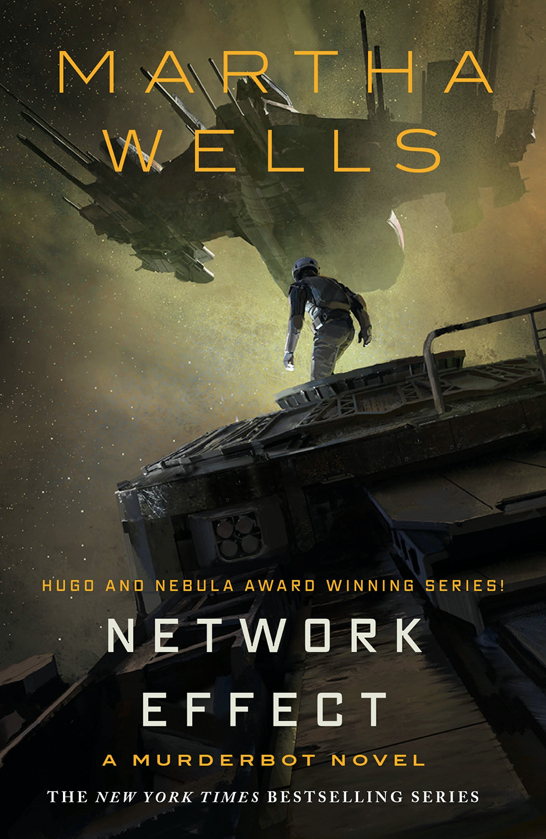Folks were once afraid that the Internet on phones would end reading, but it feels like that’s ALL I do with my phone now…
Here’s an overview of reading activities this week, whether or not I’ve written about it elsewhere here:
Books:
-Lucy Corin’s One Hundred Apocalypses and Other Apocalypses (which I won’t write a review of – disoriented narrators aren’t my thing)
-T Cooper’s Real Man Adventures (which kept me up WAAAAAY past my bedtime last night, giggling and being quite moved)
-Cory Doctorow’s Information Doesn’t Want to Be Free: Laws for the Internet Age
-Terry Smith’s Whitelash: Unmasking White Grievance at the Ballot Box
Web:
–Guardian UK (paid supporter) (for coronavirus, Black Lives Matter, and some world news)
–Johns Hopkins University & Medical Center Coronavirus Resources (for coronavirus data)
-Twitter (heavily: I follow lots of writers and journalists, and they have a LOT to say right now, especially about BLM, Americans living in denial of coronavirus, and disinformation – reading on the Supreme Court is a big focus)
–US Supreme Court Decision in Bostock v. Clayton County (OH MY GODS – and yes, I have an annotated PDF version with my notes, to help me digest it)
-Washington Post (paid subscriber) (BLM, coronavirus, world news, and politics)
-Wikipedia (donor)(very random things)
SARS-CoV-2: I would spend even more time reading about the pandemic, but I am lucky enough to work at a future pharmaceutical company, and receive presentations BY DOCTORS AND PHDs who are on our staff about the mechanisms of disease, what they are learning through their professional organizations, and how this relates to their specialties. It’s AMAZING stuff, and I can’t pretend I understand all of it, but I get something valuable from each session.
SUPREME COURT: That decision in Bostock kept me up VERY late: while the decision is 30 pages long, the dissents are 140 pages long (what a ratio), and after the ladies at Rewire said in their podcast that the dissents were “spicy”, I HAD TO KNOW DIRECTLY. And once I began, I just didn’t stop. 170 pages of decision TAKES TIME, it turns out, especially if you are fanatically highlighting your copy. The decision was full of surprises (Gorsuch!?!? GORSUCH!?!?); a friend who doesn’t work in law marveled that he could understand it; the dissents were not of equal quality (Alito seemed pretty worked up, and his attempt to distinguish anti-miscegenation cases from this turned weird pretty fast; his use of labels was interesting/revealing…); a gay friend DID want the law to distinguish between sex, sexual orientation, and gender identity in this particular decision (which is something for new laws to address if that is what we want – the terminology has changed so much in my lifetime, that it is no surprise to me that the laws haven’t kept up) … I came away feeling like the decision was even stronger for trans rights than for gay rights, because the court has strong view of male and female, and becoming one or the other should be within their grasp as fully covered by a law hung up on those distinctions… but this pretends that the court accepts all trans people as their new sex (like I do), which they don’t.
Yes, I am a Supreme Court geek, and used to post especially great quotes from Supreme Court decisions on my office door at the law firm. Yes, most of those quotes were from Justice Ginsburg. I love RBG’s writing – love love love it. (Yes, the RBG Movie is worth watching – it is SO EXCITING that people understand the court, and care about how it works!)
(No, I haven’t read the DACA opinion yet, just many, many interpretations of it, but I am eager to read it myself…)



